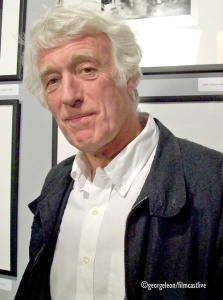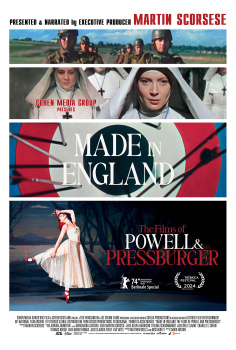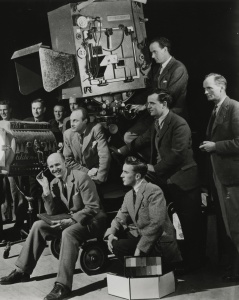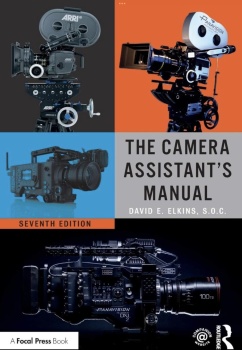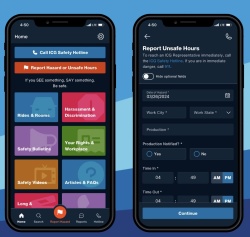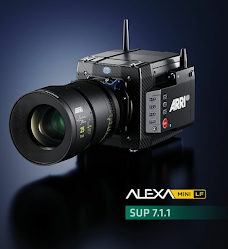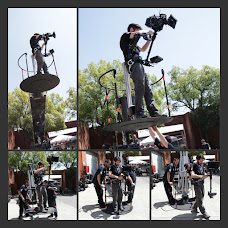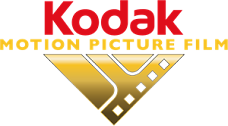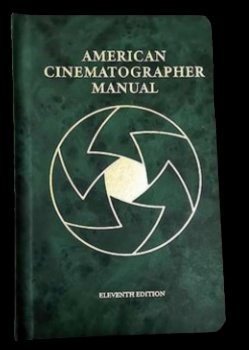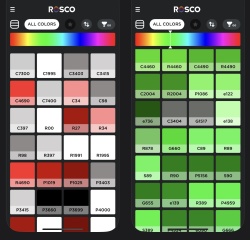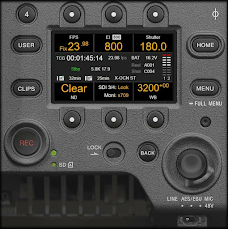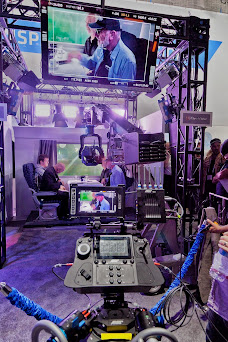The evolution of aerial cinematography is one of the clearest examples of how technology reshapes both craft and economics in filmmaking. For decades, the helicopter was the undisputed tool for sweeping aerials, high chases, and floating perspectives. With a Tyler mount or a gyrostabilized gimbal bolted to its frame, the helicopter delivered breathtaking imagery—at equally breathtaking cost. Productions without the budget often had to compromise, scaling down to cranes, cherry pickers, or even elaborate wire rigs to approximate the sensation of flight. That balance between vision and economics defined the aerial shot until drones.
By the early 2010s, the promise of drones was becoming tangible. At trade shows such as NAB and Cine Gear Expo, prototypes of quadcopters, hexacopters, and octocopters appeared, boasting greater lift capacity, more precise gimbal integration, and remarkably stable flight control. Freefly Systems, with its pioneering Mōvi and Alta platforms, showed that drones could carry not just lightweight DSLRs but also professional digital cinema cameras from ARRI, RED, Sony, Blackmagic, and Canon. For the first time, cinematographers could achieve helicopter-level shots without the prohibitive expense, logistical footprint, or risk of manned aerial operations.
This technical breakthrough coincided with a new generation of cameras. Manufacturers were designing smaller, lighter versions of their flagship systems, optimized not only for drones but also for Steadicam and handheld use. The result was a seamless workflow: aerial footage could now cut effortlessly into ground-based cinematography, with no mismatches in resolution, dynamic range, or color.
Meanwhile, on the consumer side, DJI—a little-known Chinese company at the time—introduced compact quadcopters with integrated cameras and intuitive controls. These accessible drones democratized aerial imaging for hobbyists, journalists, and low-budget filmmakers. Suddenly, anyone with a backpack-sized kit could capture shots once reserved for studios with deep pockets. DJI and its peers created a gateway that accelerated professional adoption and changed the vocabulary of aerial filmmaking forever.
By 2014, drones had gone from trade show curiosities to indispensable tools on major productions. What once required a helicopter and a half-dozen crew members could now be achieved by two operators: a pilot and a camera operator. Drones not only replaced many traditional aerial setups but also unlocked entirely new creative possibilities. Low-altitude tracking shots, dynamic car chases, and sweeping glides over water or rugged terrain became achievable without cranes, boats, or chase vehicles. The drone quickly evolved from a cost-saving substitute into a creative catalyst.
The ripple effects were profound. Established aerial cinematography companies such as PictorVision—celebrated for their award-winning Eclipse helicopter system—saw their once-dominant market shrink dramatically. The economics were undeniable: why spend tens of thousands on a helicopter rig when a drone could deliver 80% of the shot for a fraction of the cost? Within a few years, the balance of power in aerial cinematography had shifted irreversibly.
Drones also proved their versatility far beyond the film set. The ingenuity of the Ukrainian people in adapting consumer and custom drones for defense underscored the transformative potential of this technology. What began as a consumer tool for hobbyists and filmmakers became, almost overnight, a critical instrument of resilience and survival.
Today, drones are as essential to production as dollies, cranes, or Steadicams. Helicopters remain in use for extreme altitudes, heavy payloads, or long-duration flights, but for most applications, drones are the default choice—valued for their agility, accessibility, and ability to integrate seamlessly into digital workflows. The once “disruptive” tool has matured into a production standard, changing how we think about perspective, mobility, and storytelling.
Looking ahead, the next frontier will be autonomy. AI-assisted piloting, pre-programmed shot sequences, and advanced safety protocols are already entering professional systems. Just as drones replaced helicopters for much of aerial cinematography, these intelligent platforms may soon reduce the need for hands-on piloting altogether. What will never change, however, is the role of the cinematographer’s eye. Whether from crane, helicopter, or drone, the artistry lies not in the tool itself but in how it is used to tell the story.
















